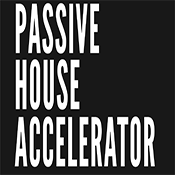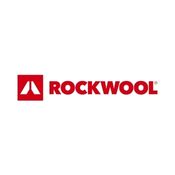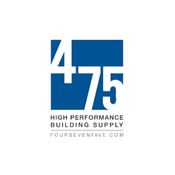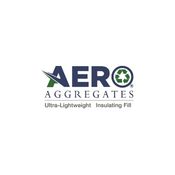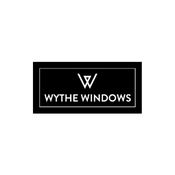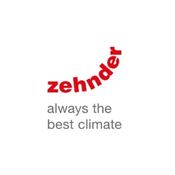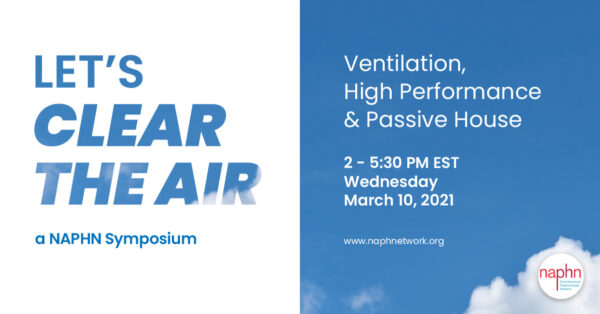
Building Ventilation Symposium
The event video recording is now available to attendees and NAPHN Members.
Attendees: You should have received an email with the video link March 19.
NAPHN Members, if logged in, you can access the video directly here.
Missed the event and not a member? Join NAPHN today.
- Where: Online
- When: 2 – 5:30 PM EST, Wednesday, March 10, 2021
- Cost: $10 General Admission, Free for NAPHN Members
Building Ventilation Symposium Overview
In designing and building high-performance buildings, building ventilation is often an underappreciated component. The pandemic has made the health implications of good ventilation more obvious but the energy impact remains largely obscured.
Yet when we target radical whole-building energy efficiency, ventilation energy impacts become significant and obvious. The Passive House Institute has helped lead the effort to advance ventilation testing, protocols and certification of components to ensure that high-quality ventilation is a core solution of high-performance building outcomes.
Why does the Passive House methodology demand certain testing and how did we get here? What’s next? What are the implications for whole building systems design and long-term performance?
This symposium tackles these questions, providing a common frame of reference, greater clarity and shared understanding, in the pursuit of growing high-performance building and Passive House markets.
As carbon emissions goals tighten, efficiency demands grow, and Passive House performance levels are normalized, this focus on building ventilation performance is an opportunity for the ventilation industry around the world and in the US. If component testing outputs can provide Passive House modeling data inputs, and products can meet Passive House targets, there is an emerging high-performance global market that can be served to the benefit of everyone.
Continuing Education Credits
- AIA | 3 LU|HSWs
- PHI | 4 credit points | V037_2021_US
Session 1
2 – 3:30 PM EST
What Do We Know & How Do We Know It? Matching Unit Testing Data to Desired Outcomes: A Passive House Journey
Hear the story of the evolution of Passive House ventilation criteria and component testing from a scientist at the center of its development. Get the specifics and the logic. How did we get here and what’s next.
Then, in a panel discussion with US and PHI experts, hear about testing today and what might come next, and join the discussion by asking questions online.
- Rainer Pfluger
- Berthold Kaufmann
- Charles Stephens
- Matthew Friedlander
- Mike Moore, Moderator
Session 2
3:45 – 5:30 PM EST
Passive House Performance Strategies: Delivering the Promise of High-Quality Indoor Air
Knowing the ventilation unit will perform well is not enough, of course. So in this session get an overview of the fundamental considerations and strategies for Passive House ventilation systems design.
Find out the interplay of humidity, enclosure, climate and health. When is dehumidification needed and how do we approach it.
How do you maintain high-quality indoor air and know it. What controls are standard, what should be considered. How can data collection help.
- Lois Arena
- Enrico Bonilauri
- Josephine Zurica
- Berthold Kaufmann
- Andrew Peel, Moderator
Speakers
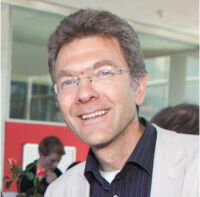
Rainer Pfluger, PhD
Dr. Rainer Pfluger is an Associate Professor at the University of Innsbruck, Unit of Energy Efficient Buildings, since 2008. From 1999 to 2008 Dr. Pfluger was a scientific assistant and project researcher at the Passive House Institute working on the development of standards for ventilation, windows, and other aspects of high-performance building. He received a research doctorate in 2002 at the University of Stuttgart.
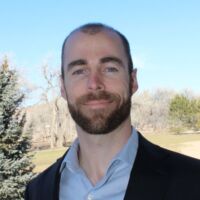
Mike Moore, PE
Mike Moore is a consulting engineer at Stator LLC, with over 15 years of experience in technology transfer and demonstration, building and energy codes and standards, product development, and RD&D of energy-efficient and durable buildings and systems. With respect to ventilation codes and standards, he drafted the whole-house mechanical ventilation requirements of the IRC, serves as the vice-chair of ASHRAE 62.2, and works as a consultant for manufacturers in the industry.
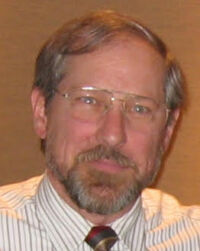
Charles Stephens
Charlie Stephens is a consulting systems engineer and a graduate of Dartmouth College and the University of Colorado, Boulder. A Senior Codes & Standards Engineer at the Northwest Energy Efficiency Alliance (NEEA), Charlie designed and managed NEEA’s pilot project to demonstrate very high efficiency HVAC systems for new and existing commercial buildings, as a systems solution. In addition to active consulting, Charles is Co-chair of Canadian Standards Association (CSA) test and rating procedures Development Committees, working on new load-based procedures for heat pumps and air conditioners, air-to-water heat pumps and commercial H/ERVs.
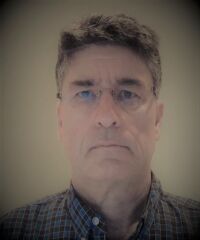
Matthew Friedlander
Matthew Friedlander has been active in the energy recovery ventilation field since joining the original founders of RenewAire LLC in 1993. Matthew has been RenewAire’s member representative to the Home Ventilating Institute (HVI) and the Air-conditioning, Heating and Refrigeration Institute (AHRI) since the late ‘90s. At AHRI he was part of the group that created the AHRI 1060 Standard for Performance Rating of Air-to-Air Exchangers for Energy Recovery Ventilation Equipment and its Certification Program. He has served as chair of the AHRI 1060 Section and Engineering Committee, and participated in several revisions of Standard 1060. He has been active in ISO TC86/SC6/WG10 and participated in the development of ISO 16494-2014 Heat recovery ventilators and energy recovery ventilators — Method of test for performance, and most recently was the project manager for in the development of ISO 21773 Methods of test and characterization of performance for energy recovery components, to be published shortly. He also is a member of CEN-TC-110-WG6 which is working on revision of the EN308 standard now to be titled Heat exchangers — Test procedures for establishing performance of air to air heat recovery components, with publication expected in late 2021.
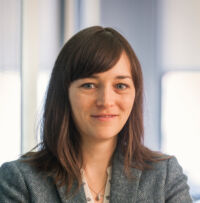
Josephine Zurica, P.E., LEED AP BD+C
Josephine is a principal at Dagher Engineering, PLLC, and has extensive experience in project management, mechanical engineering, and sustainable design. She serves as the Vice-Chair of the ACEC NY Metro Region Executive Committee and the Energy Code Committee. As one of Dagher Engineering’s primary sustainable design specialists, Josephine is well-versed in energy conservation strategies that promote efficiency while meeting budgetary requirements, including Passive House design. She has a deep affinity for historically sensitive and complicated projects and has distinguished herself by seamlessly managing her studio to provide MEP systems that are fully integrated within the architecture of buildings.
Berthold Kaufmann, PhD
Dr. Berthold Kaufmann, since 2000, does research at the Passive House Institute on the thermal properties of buildings and its components, especially design of windows and ventilation systems and combined systems with heat pump for air conditioning, heating, cooling, dehumidification and DHW preparation. He advises architects engineers and construction contractors on passive house design for new build and retrofits. Much of his scientific work – and the Institute’s − has been published on www.passipedia.org , to provide wider access to reliable data on temperature, energy consumption, thermal flows, etc. for energy efficient design of buildings.
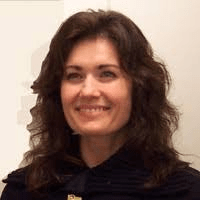
Lois Arena, PE, CPHD
Lois Arena, Director of Passive House Services at Steven Winter Associates, Inc., possesses over 25 years of experience in the building science field and has extensive experience with new and existing buildings. Lois holds both US and international Passive House consultant certifications and is currently consulting on some of the largest and most difficult Passive House projects in the world. She has co-authored and presented training programs about energy-efficient building practices to professionals in all sectors of the building industry and is regularly invited to present at conferences and private firms around the world to discuss the benefits of and roadblocks to PH adoption.
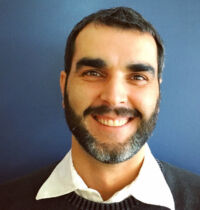
Enrico Bonilauri
Enrico is a co-Founder of Emu Systems and holds two Masters Degrees — one in Architecture from the University of Parma, Italy, and one in Design Science from the University of Sydney, Australia. As a registered Italian Architect and Certified Passive House Designer, he has worked in Australia, Europe, and North America. He specializes in building envelope design and analysis, informed by the thousands of hours spent on construction sites. Ongoing research in field-building science includes data collection in occupied buildings (PH and not), with the intention to investigate the relationship between occupancy, climate, building airtightness, and ventilation. Speaker experience includes: International Passive House Conference in Germany, Austria, China, and national Passive House conferences in the US, Canada, Spain, Australia, and New Zealand. He’s the Co-Founder of Emu and has been the scientific curator of their Passive House training curriculum, teaching American builders since 2017.
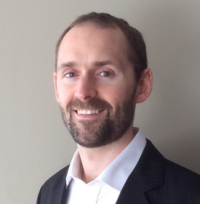
Andrew Peel
Andrew is the founder of Peel Passive House Consulting and his primary areas of expertise are in low carbon buildings and renewable energy. His professional and academic experience ranges from consultancy, program management, authoring technical and non-technical articles, course and lecture delivery, and technical research. Andrew provides Passive House and sustainability consultancy, certification, and training services to the building sector. He is one of only a handful of Canadian-based Passive House certifiers accredited by the Passive House Institute.



